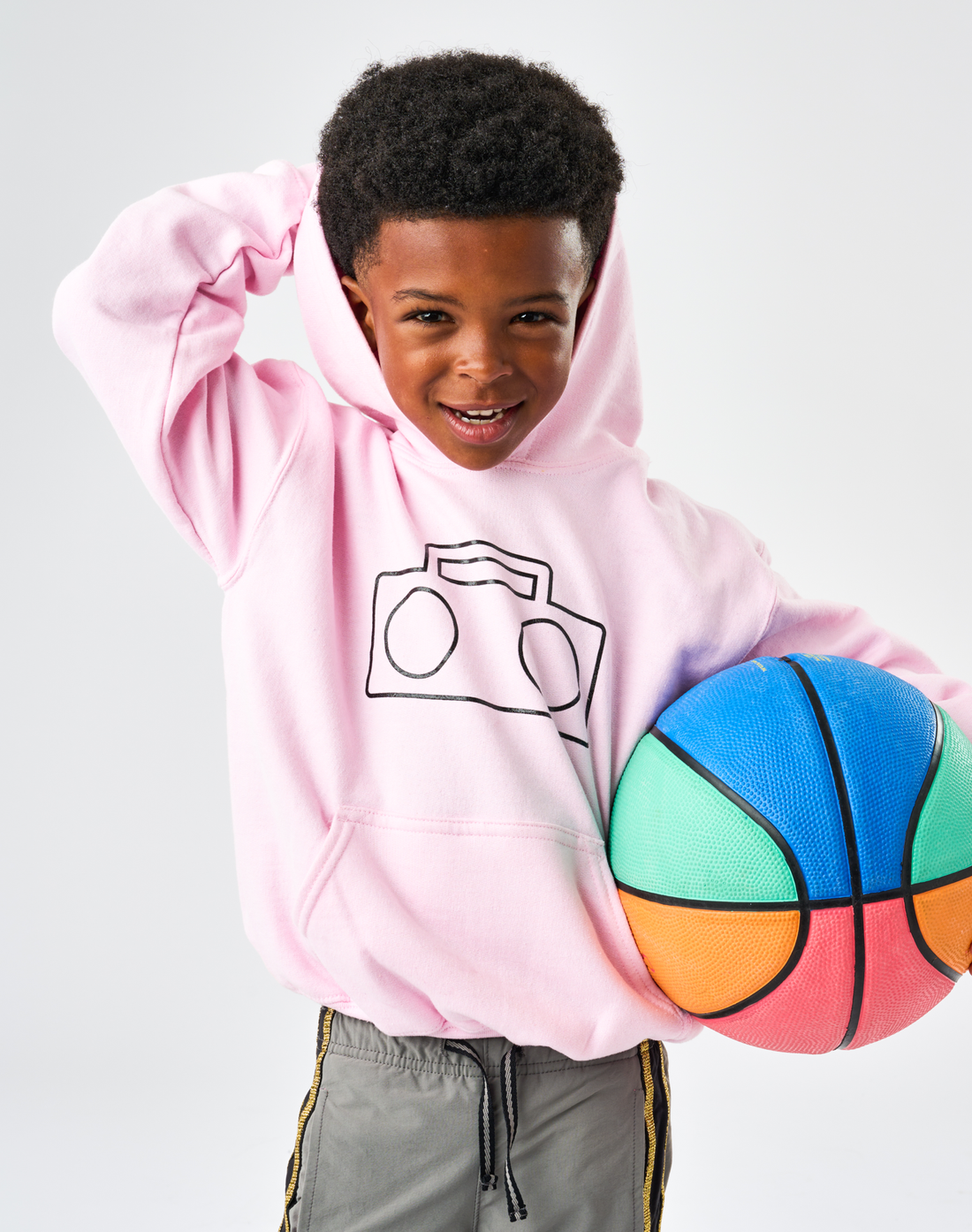StereoType Blog
Why I Created StereoType

“Can I wear this costume even after Halloween, Mommy?” my then-4-year-old son Jacob asked me as I helped him into his purple princess costume. “Yes of course, it looks so good on you,” I say as I brushed his hair away from his big brown eyes. “You look like a very pretty girl.” Next to him, his twin sister Chloe was sitting still in her Batman costume. Even though she was trying hard not to fidget so her dad could paint on an eye mask, a small smile on her face showed just how excited she was turning into a superhero.
“Mommy?” I paused mid-way through straightening Jacob’s crown. “I don’t want to be a girl, I just want to look beautiful.” Our eyes locked. I clasped one of my own necklaces around his neck. “You are beautiful, even without the costume.” He grinned from ear to ear, grabbed his sparkle wand and ran out of the room.
That moment grabbed hold of me, pierced my heart and changed me forever. You see, I assumed Jacob wanted to look like a girl when he picked out his princess costume. But he didn’t. He knew what he wanted: To feel beautiful.
Ever since they could dress themselves, my children have been using clothing as a way to communicate who they are and how they feel. It’s the way I communicate with the world, too. I’ve been a designer for several years now, and I launched my first line, Piece x Piece, pre-kids in 2010. Every item of clothing as part of the Piece x Piece collection was made from discarded fabric samples — a way to make something new with what other people might consider “waste.”
For me, clothing tells a story and connects people to the world without saying a word. Every piece of clothing you put on can shift your perspective and allow you to lean into a different part of your identity.
I’ll never forget the day I was watching Jacob in his new princess nightgown when he was about 5 years old. It was a warm summer evening and he was running back and forth on the grass, unaware I was watching him. He was singing his favorite song at the top of his lungs, the dress was a vibrant red, and the sun was setting behind him. Everything was golden, especially Jacob. As I watched him play, joy radiated from every cell of his body. I was witnessing magic right before my eyes. I felt the same way when I would watch Chloe climbing trees in her Black Panther mask, wearing her tool belt around the house, or stomping around like a dinosaur. Those were moments I could truly “see” my children as they fully embodied the expanse of their identities--glimpses like this felt like gifts.
But the outside world is a much scarier place — and a lot more judgmental. I was never worried for Chloe. She could wear her dino tees, Sharks jersey and camo pants and no one looked twice. But when Jacob wore a skirt or dress outside our home, his experience was very different. People would point or snicker, but the worst was when people who loved him would try to be “helpful” and redirect his choices toward something “for boys.” One well-meaning mom in his class told me I was “brave” for letting him wear dresses. I knew she meant no offense, but I felt rage inside. “I’m brave for letting my child pick out his own clothes, and express who he is?”
If I could breathe fire in those moments, I would have scorched the earth. No one was going to tell my son to shrink, no one was going to dim his light, label him or stereotype him. I don’t judge parents whose daughters dress in head-to-toe pink or their sons in camo shorts and truck t-shirts. But other parents had no problem judging my child whose clothing choices broke stereotypes. But the more I searched department stores and online for clothes for my kids, the more frustrated I became “Why are these departments separated?” I thought to myself as I shopped for Chloe in the boys department and Jacob in the girls, “Where was “the kids” department?”
Yes, there were “gender-neutral” options. But these pieces were mostly made in low-key, muted shades that were sparse on embellishments, patterns, sparkle, and personality — things that were essential to my kids' clothing choices. Sure, I found many well-made brands that could become wardrobe staples, but I wanted to celebrate expression and identity, not play it down.
I remember thinking: This has to change. I then realized that I wanted — no, needed — to change it. This is how I started StereoType — by focusing on the needs of my children, not the expectations of others.
I don’t want to tone anything down, I want to highlight and elevate my kids’ authenticity and self-expression. Which is why StereoType is a true celebration of self-expression--a beautiful blend inspired by my boy-girl twins. My son loves sparkles, and my daughter loves black (along with many other things!) This first capsule collection is a reflection of them at this moment. I call it “blended fashion” because that’s exactly what it is-- a beautiful blend of both boys and girls, equal in value and defined by no one.
We are so excited to begin this journey with you! We want to hear your stories and celebrate self-expression with you. Follow along @stereotypekidsofficial on Instagram, read our blog Unlabeled, and learn about how other parents are challenging and changing stereotypes while raising their own kids. And finally drop me a line at hello@stereotypekids.com if you want to connect and share, and tell me what you think. Because this is just the beginning of breaking down stereotypes and celebrating our unique selves. I can’t wait for you to come along for the adventure!

_____
Elizabeth Brunner is the Founder and CEO of StereoType, a gender-free kids' fashion brand that challenges the norms and stereotypes of traditional clothing.






